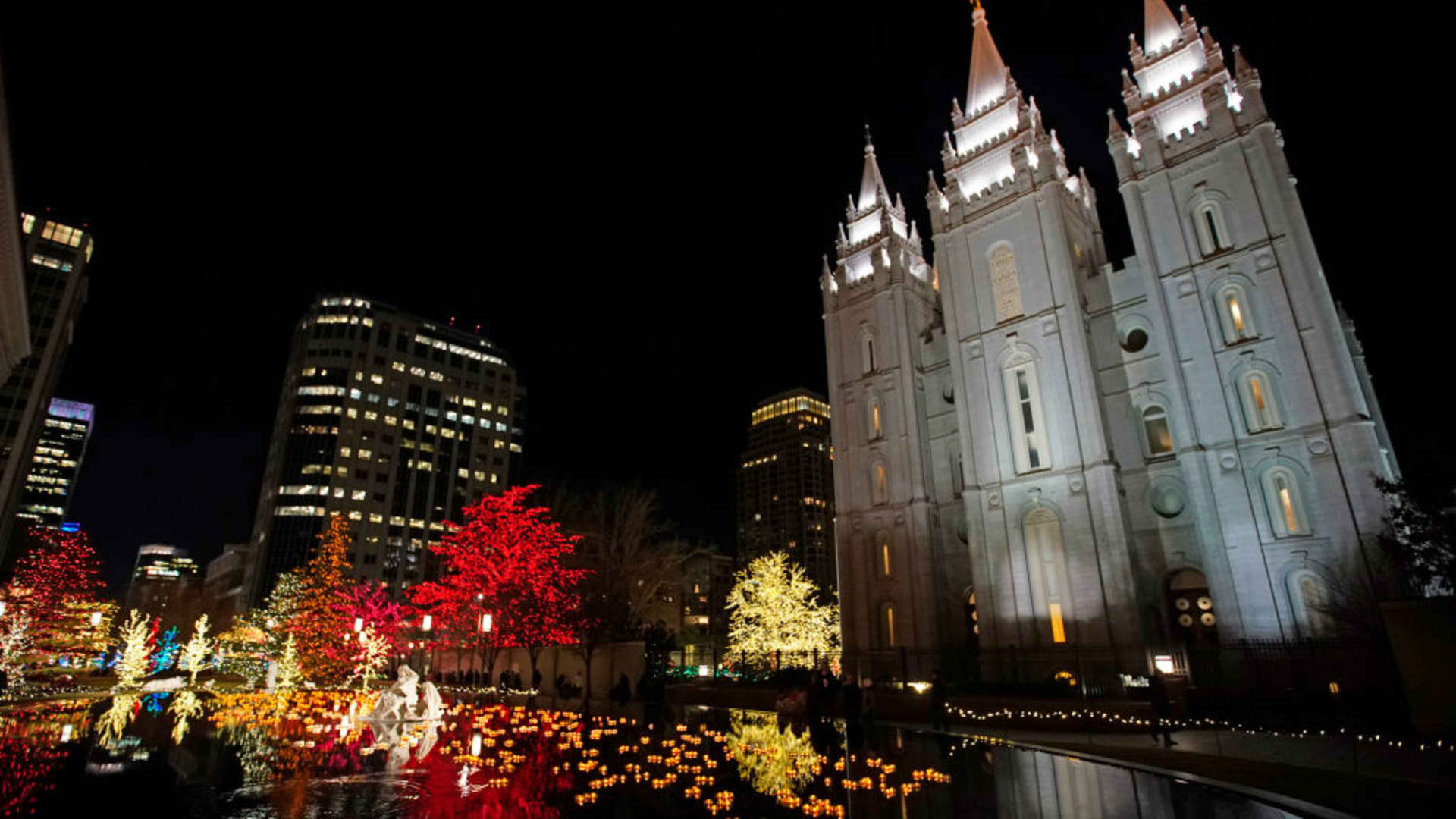A federal lawsuit filed Tuesday alleges The Church of Jesus Christ of Latter-day Saints investment arm misused hundreds of thousands of dollars donated by three men by investing the money instead of using it for charitable purposes as they claim was promised.
The legal action brings more scrutiny about how the faith known widely as the Mormon church handles its vast financial holdings bolstered by so-called “tithing” from by members who contribute 10% of their income. The church doesn’t publicly disclose details about its finances.
This new lawsuit against the business and investment entities under the church in U.S. District Court in Salt Lake City is similar to one filed in federal court in California by James Huntsman, brother of former Utah Gov. Jon Huntsman, Jr., that recently scored a partial success on appeal and remains pending. That lawsuit seeks the return of $5 million he donated before he left the church.
In February, the U.S. Securities and Exchange Commission fined the church and Ensign Peak $5 million for using shell companies to obscure the size of the investment portfolio under church control. The church agreed to pay $1 million and Ensign Peak will pay $4 million.
Church officials didn’t immediately respond for comment on the lawsuit.
The church has previously defended how it handles member contributions, calling Huntsman’s claims baseless while claiming contributions go to a variety of religious purposes including missionary work, education, humanitarian causes and construction of churches, temples and other buildings important to church work.
At issue in both lawsuits is whether the church’s investments in stocks, bonds, real estate and agriculture reflect the wishes of its donors.
The church’s corporate arm, the Corporation of the President of the Church of Jesus Christ of Latter-day Saints, solicits donations for humanitarian relief with promises that all donations are used to help those in need. But those promises are untrue, the latest lawsuit argues.
Instead, the church allegedly hid the fact that some if not all donations are permanently invested in accounts never used for charitable work. That includes tithes; regular donations amounting to 10% of a person’s income expected from members of the church. The money instead has gone to Ensign Peak Advisors, a nonprofit created in 1997 that has grown to over $100 billion in value, the lawsuit alleges.
The lawsuit is filed by Daniel Chappell, of Virginia, and Masen Christensen and John Oaks, both of Utah. They claim the three of them combined have donated about $350,000 to the church over the past decade. Their lawsuit seeks class-action certification, potentially involving millions of church members, and an independent entity to oversee collection and use of church donations.
Like the lawsuit filed by Huntsman, the lawsuit filed by the three men leans on allegations by whistleblower David Nielsen, a former Ensign Peak investment manager who this year submitted a 90-page memorandum to the U.S. Senate Finance Committee demanding oversight into the church’s finances.
Ensign Peak has spent funds only twice in its 26-year history, according to both lawsuits. In 2009, Ensign Peak spent $600 million to bail out a failing church-owned, for-profit life insurance company. From 2010-2014 it put $1.4 billion to build a mall near Temple Square in downtown Salt Lake City.
A judge ruled in favor of the church in Huntsman’s case but in August the U.S. Ninth Circuit Court of Appeals disagreed in part and sent the case back to district court for further proceedings. The church has filed for a rehearing in the appeals court, saying the church president had explained the project would be paid for through investment earnings and not tithing funds.





